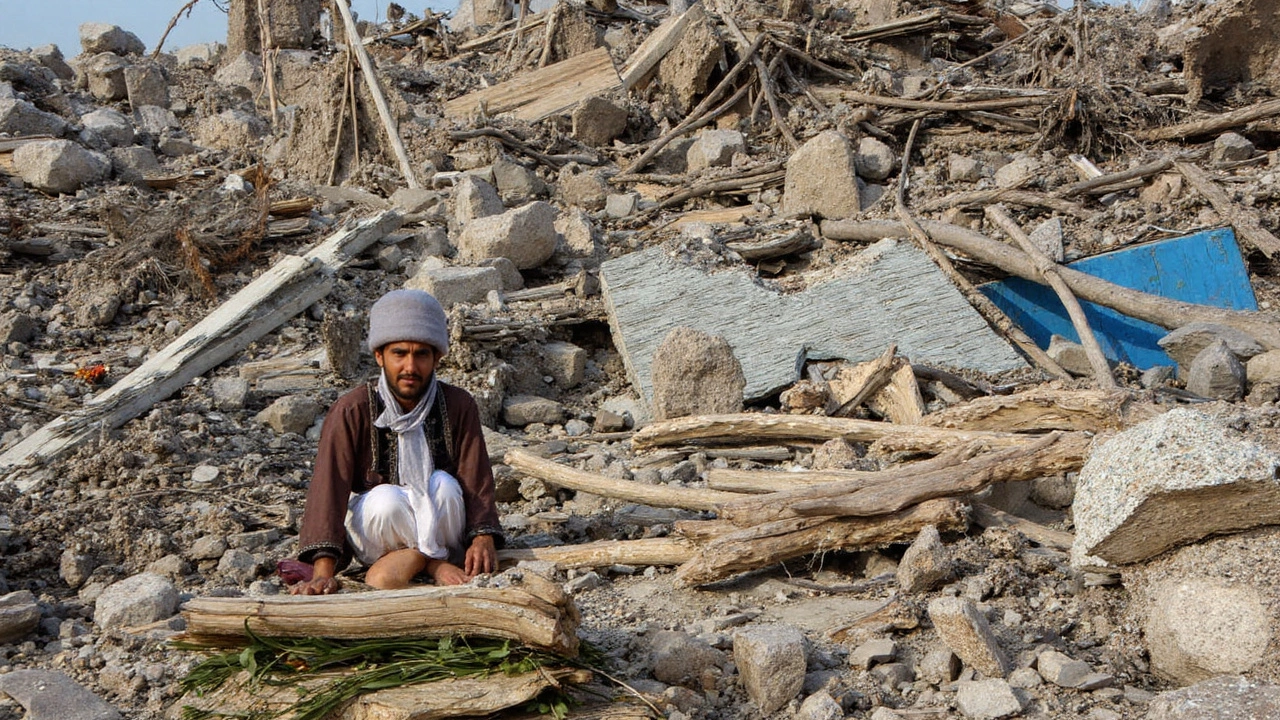Disaster Relief: What to Do When a Crisis Hits
When a disaster hits, the first thing most of us think about is safety. It’s natural to panic, but having a simple game plan makes all the difference. Below are clear, no‑nonsense steps you can take right now, whether it’s a storm, flood, fire, or any other emergency.
Immediate Steps to Take
First, check yourself and anyone nearby for injuries. If someone is hurt, call emergency services right away and give them as many details as you can. While you wait, apply basic first aid – stop bleeding, keep the person warm, and try to keep them calm. Once everyone is safe, move to a secure location away from danger. If you’re at home, that might be a designated safe room; if you’re outside, look for higher ground or sturdy shelter.
Next, grab your emergency kit. A good kit includes water, non‑perishable food, a flashlight, batteries, a whistle, and important documents packed in waterproof bags. If you don’t have a kit, gather whatever you can: bottled water, a phone charger, a small radio, and any medications you need. Having these items handy speeds up the process and reduces the urge to run back into danger.
After you’re safe and stocked, turn on a battery‑powered or hand‑crank radio to get the latest updates from local authorities. Official instructions will tell you whether to evacuate, stay put, or head to a shelter. Trust those directions – they’re based on real‑time data, not rumors.
Planning for Future Emergencies
Once the immediate danger passes, it’s smart to think about the next steps. Talk to your neighbors and see if anyone needs help with clearing debris, checking for damage, or contacting family members. Community effort speeds up recovery and builds stronger bonds for the next crisis.
Take time to review your emergency plan. Did you know where the nearest shelter is? Do you have an out‑of‑area contact who can help coordinate supplies? Update your list of essential items and replace anything you used up during the last event. Small, regular check‑ins keep your plan fresh and ready.
If you own a vehicle, keep the fuel tank at least half full during storm season and store a spare tire, jack, and jumper cables in the trunk. Cars often become the quickest way to get supplies or reach a safe zone when roads are clear.
Finally, consider signing up for local alert systems. Many cities offer free text or email notifications that give you early warnings about severe weather, floods, or other hazards. The earlier you know, the more time you have to act.
Disaster relief isn’t just about reacting – it’s about being prepared, staying calm, and helping each other. By following these steps, you’ll feel more in control the next time a crisis hits, and you’ll be a pillar of strength for your community. Stay safe, stay ready, and keep helping wherever you can.



